Seamless Remote Video Security for Smart Homes & Businesses
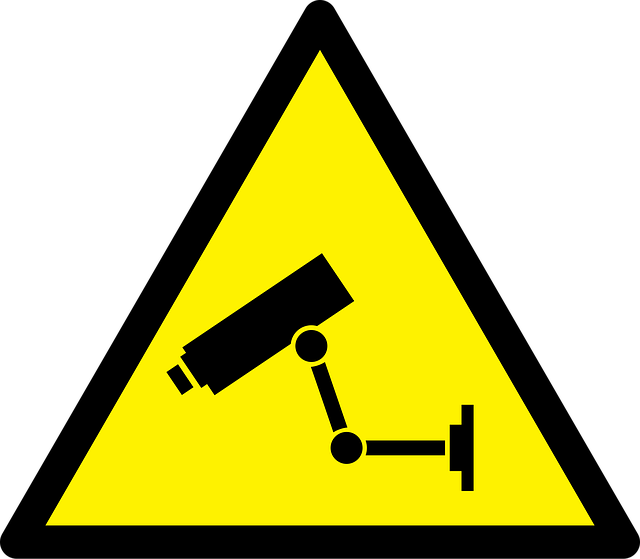
Remote video security (RVS) is a critical component of modern smart homes and businesses, providing…….
In today’s interconnected world, video surveillance has emerged as a pivotal technology, transforming the way we perceive and interact with our surroundings. This powerful tool, capable of capturing and analyzing visual data, plays a crucial role in various sectors, from enhancing security to facilitating urban management. The article aims to provide an extensive overview of video surveillance, delving into its historical evolution, technological intricacies, global impact, and future prospects. By the end of this exploration, readers will grasp the multifaceted nature of this technology and its profound influence on our society.
Definition: Video surveillance refers to the use of video cameras and associated software to monitor and record activities in a particular area or space. It involves the continuous or periodic capture, storage, and analysis of visual data for various purposes, primarily security, safety, and urban planning.
Core Components:
Historical Context:
The concept of video surveillance has evolved over the past few decades, driven by advancements in technology and societal needs. Its roots can be traced back to the 1960s with the introduction of analog security cameras, primarily used for crime prevention and detection. The 1980s and 1990s witnessed a transition to digital video surveillance, improving image quality and data storage capabilities. The early 2000s marked a significant turning point with the rise of IP (Internet Protocol) cameras, enabling remote access and real-time monitoring over computer networks.
Today, video surveillance has become an integral part of public and private safety infrastructure, with applications ranging from traffic management to smart cities initiatives.
Video surveillance technology has left a profound impact on societies worldwide, shaping urban landscapes and security measures. Here’s a global outlook:
North America: The United States, in particular, has been at the forefront of video surveillance adoption. According to a report by Market Research Future (MRFR), the North American market is projected to reach USD 17.2 billion by 2025, growing at a CAGR of 13.5% during the forecast period (2018-2025). Cities like New York and Los Angeles extensively utilize surveillance cameras for traffic monitoring, crime prevention, and public safety.
Europe: European countries have implemented sophisticated video surveillance systems, often integrating them with advanced analytics. The UK, for instance, has invested heavily in facial recognition technology for security purposes. A 2021 study by MarketWatch estimated the European market size at USD 6.5 billion in 2020 and projected a CAGR of 14.5% from 2021 to 2028.
Asia-Pacific: This region, driven by rapid urbanization and economic growth, is witnessing a surge in video surveillance deployment. China, known for its ambitious smart city projects, has extensively utilized surveillance technology to maintain social order and monitor public spaces. The Asia-Pacific market is expected to grow at a CAGR of 14% from 2021 to 2028, as per Global Market Insights, Inc.
Latin America: Countries like Brazil and Mexico have implemented video surveillance for traffic management and crime reduction. The trend is gaining momentum across the region, driven by rising security concerns and technological advancements.
Middle East and Africa: These regions are also embracing video surveillance technology, with governments investing in advanced security systems to address evolving security challenges.
The global video surveillance market is a dynamic sector, attracting substantial investments and presenting diverse economic opportunities:
| Region | Market Size (2020) | Projected CAGR (2021-2028) | Key Drivers |
|---|---|---|---|
| North America | USD 10.5 billion | 13.5% | Rising crime rates, advanced technology adoption |
| Europe | USD 6.5 billion | 14.5% | Strict privacy regulations, integration of AI |
| Asia-Pacific | USD 8.2 billion | 14% | Urbanization, smart city initiatives |
| Latin America | USD 3.8 billion | 12.5% | Growing security concerns |
| Middle East & Africa | USD 2.5 billion | 12% | Increasing terrorism threats, government investments |
Revenue Streams:
The video surveillance industry is characterized by rapid technological evolution, pushing the boundaries of what’s possible:
While security remains a primary application, video surveillance technology has found its way into diverse sectors, shaping industries in unprecedented ways:
As video surveillance becomes more pervasive, it raises important privacy and ethical questions that must be addressed:
The future of video surveillance is poised for significant advancements, shaping a smarter and more connected world:
Video surveillance technology has emerged as a powerful tool for enhancing public safety and security in an increasingly complex world. Its global adoption across diverse sectors underscores its versatility and importance. However, the rapid evolution of this technology also presents significant challenges, particularly regarding privacy protection and ethical considerations.
As we move forward, striking a balance between leveraging surveillance technology’s potential and safeguarding individual rights will be crucial. With ongoing innovations and stringent regulatory frameworks, video surveillance can continue to contribute to safer communities while respecting citizens’ privacy. The future of this technology promises a smarter, more connected society, but it requires thoughtful stewardship to ensure its responsible use.

Remote video security (RVS) is a critical component of modern smart homes and businesses, providing…….

Thermal imaging cameras revolutionize business video monitoring by detecting heat signatures, offeri…….

Security strategies vary among residential, commercial, and industrial settings, requiring tailored…….

AI revolutionizes threat detection through dynamic 24/7 video surveillance analysis, predicting and…….
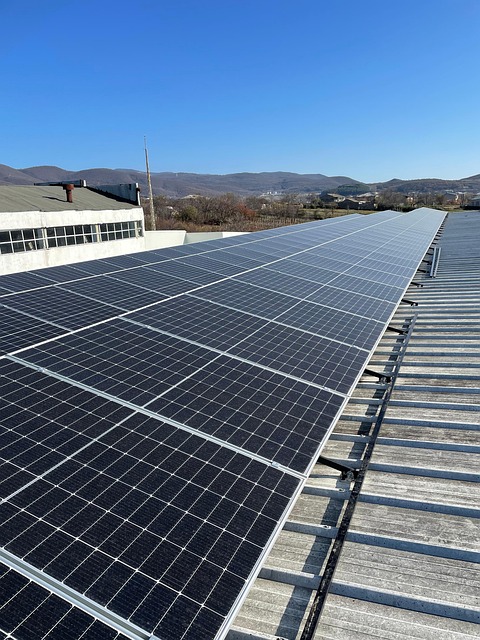
Drone surveillance systems offer a game-changing solution for large-area security, providing compreh…….
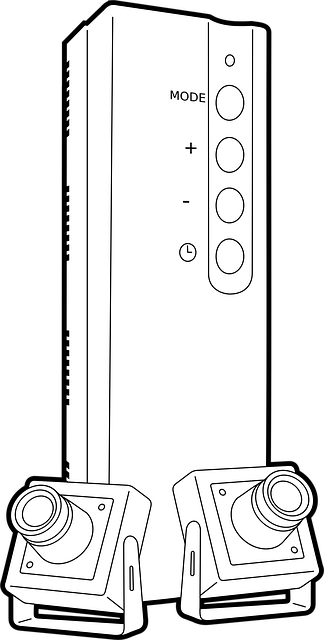
Drones are transforming CCTV surveillance by covering large areas previously inaccessible to ground…….
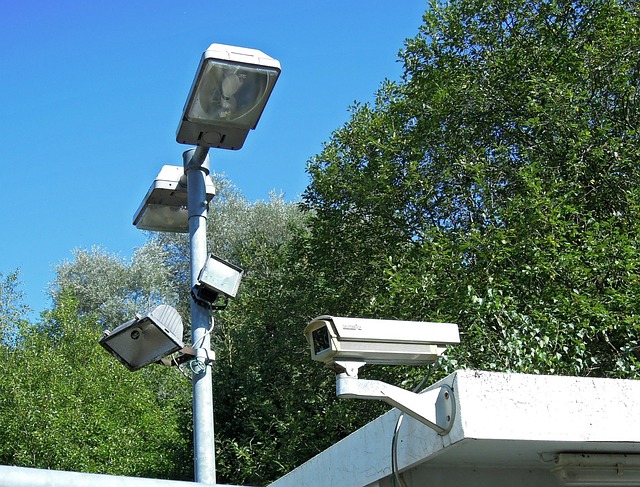
Night vision technology enhances business video monitoring with clear surveillance in low light and…….

Night vision technology enhances commercial video surveillance with IR illumination for clear low-li…….

Discreet 24/7 video surveillance leverages advanced technology like covert cameras and wireless hidd…….
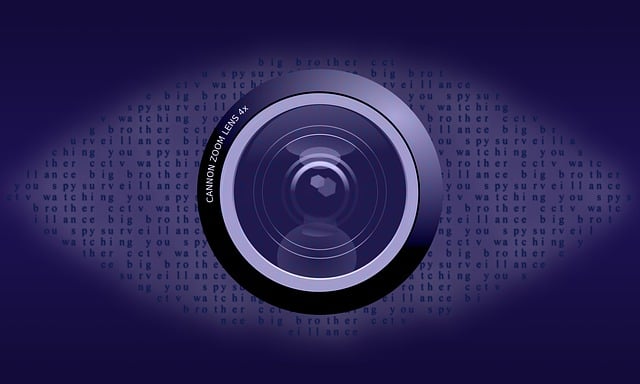
Facial recognition technology has transformed remote video security by providing a highly accurate i…….